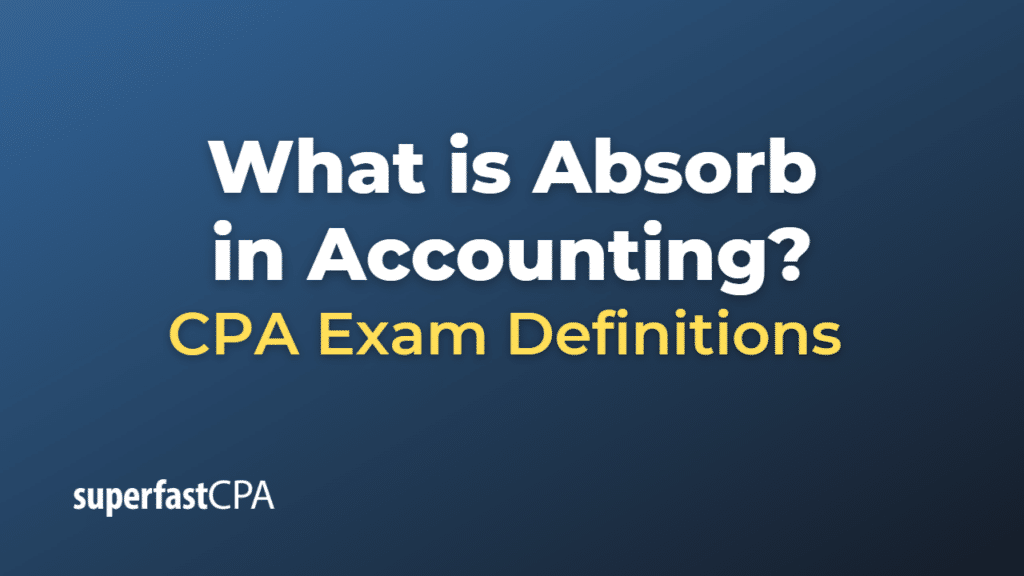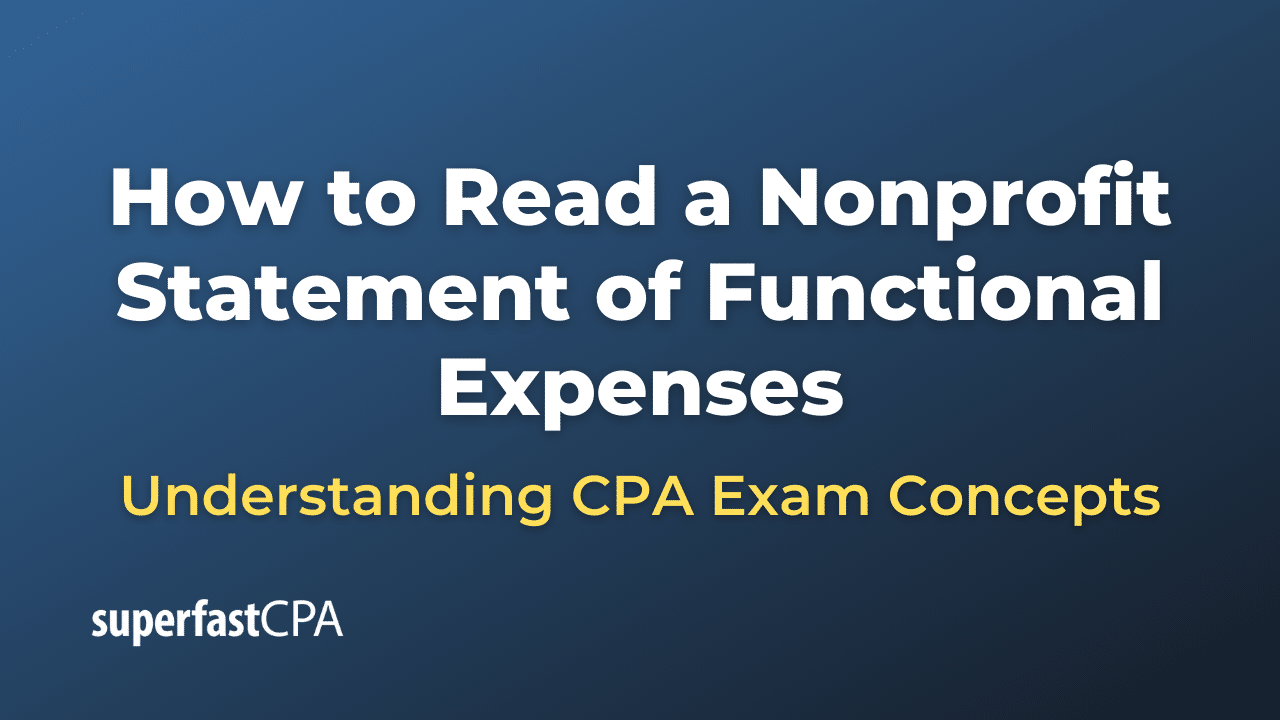Absorb in Accounting
In accounting, the term “absorb” refers to the process of allocating or distributing overhead costs to various products, departments, or cost centers within an organization. This is commonly done to understand the true cost of producing a product or providing a service and to make informed decisions about pricing, resource allocation, and cost management.
Absorption costing, also known as full costing, is a cost accounting method that involves allocating all direct and indirect manufacturing costs to the production of goods or services. Direct costs include direct materials and direct labor, while indirect costs or overheads consist of factory rent, utilities, depreciation, and other expenses that are not directly tied to a specific product or service but are necessary for the overall manufacturing process.
Under absorption costing, overhead costs are typically allocated to individual products or cost centers based on a predetermined overhead rate. This rate is calculated by dividing the total overhead costs by an appropriate allocation base, such as direct labor hours, machine hours, or production units.
For example, suppose a company has total overhead costs of $100,000 and uses direct labor hours as the allocation base. If the company has 10,000 direct labor hours, the predetermined overhead rate would be $10 per direct labor hour ($100,000 / 10,000). If a particular product required 5 direct labor hours to produce, $50 of overhead costs ($10 x 5) would be absorbed or allocated to that product.
Absorbing overhead costs helps organizations better understand the total cost of producing a product or providing a service, which is essential for setting accurate selling prices, evaluating profitability, and making informed management decisions.
Example of Absorb
Let’s consider a hypothetical example of a company called ABC Manufacturing that produces two types of widgets, Widget X and Widget Y. The company uses absorption costing to allocate overhead costs to the products.
First, let’s gather some information:
- Total overhead costs: $200,000
- Total direct labor hours: 20,000 hours
- Widget X: Requires 3 direct labor hours per unit
- Widget Y: Requires 2 direct labor hours per unit
- Production: 4,000 units of Widget X and 6,000 units of Widget Y
Step 1: Calculate the predetermined overhead rate Predetermined overhead rate = Total overhead costs / Total direct labor hours Predetermined overhead rate = $200,000 / 20,000 hours Predetermined overhead rate = $10 per direct labor hour
Step 2: Calculate the overhead cost per unit for each product Widget X overhead cost per unit = 3 direct labor hours * $10 per direct labor hour = $30 Widget Y overhead cost per unit = 2 direct labor hours * $10 per direct labor hour = $20
Step 3: Calculate the total overhead costs absorbed by each product Total overhead for Widget X = 4,000 units * $30 per unit = $120,000 Total overhead for Widget Y = 6,000 units * $20 per unit = $80,000
Now we have successfully absorbed the overhead costs to each product, with Widget X absorbing $120,000 and Widget Y absorbing $80,000 of the total overhead costs. This information can help ABC Manufacturing determine the total cost of producing each widget, set accurate selling prices, evaluate profitability, and make informed management decisions.














